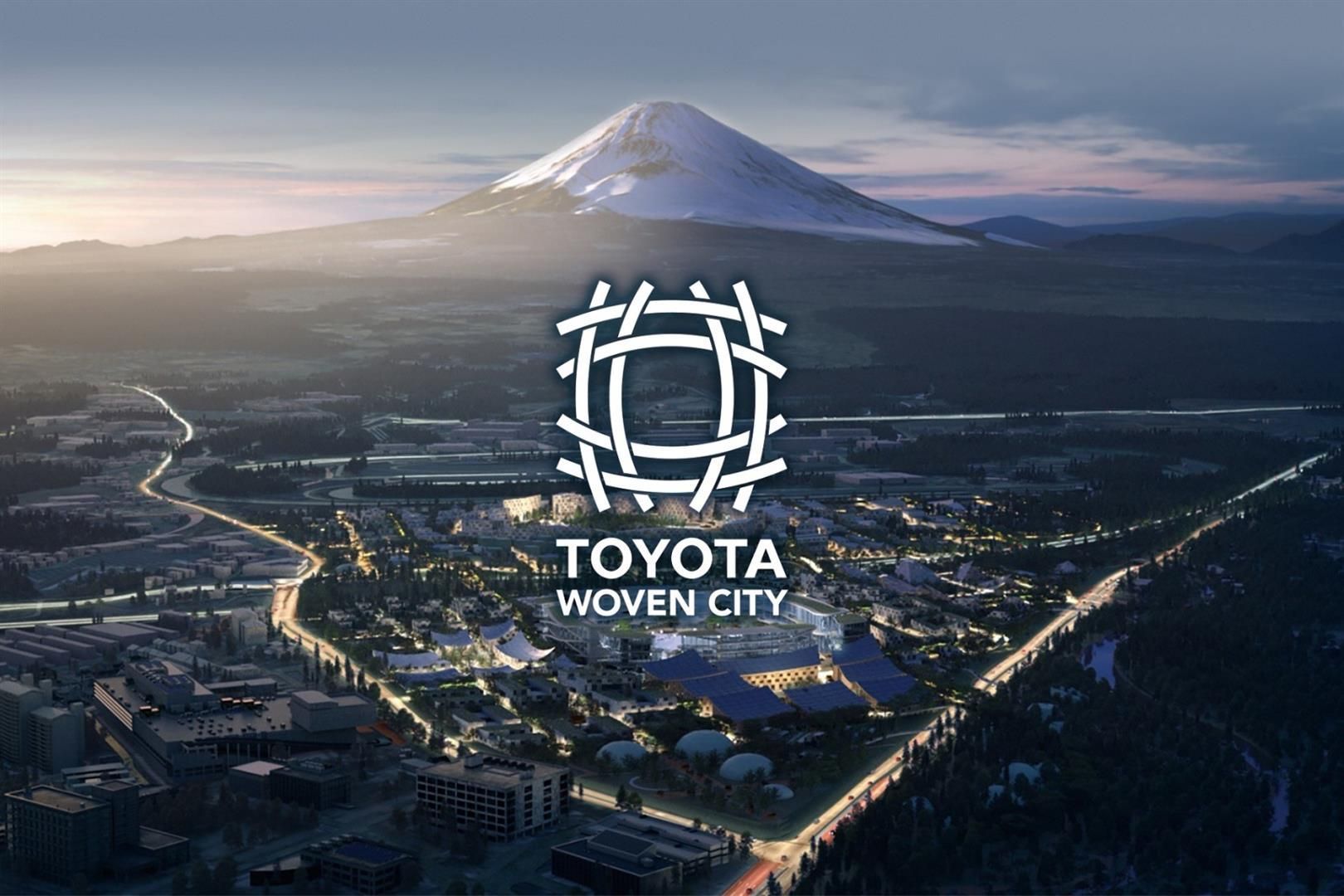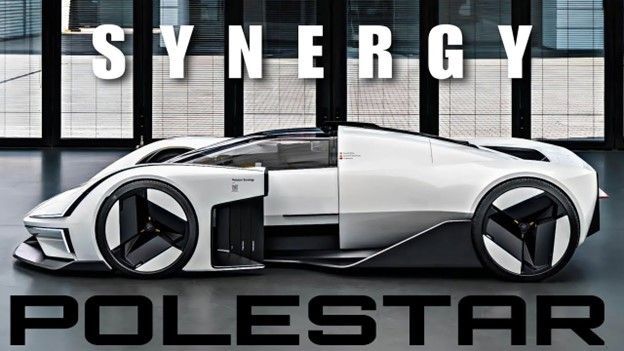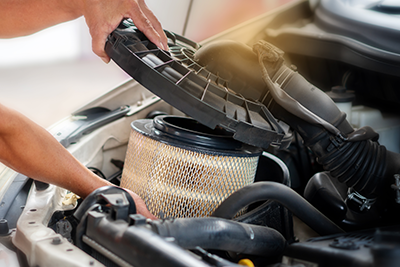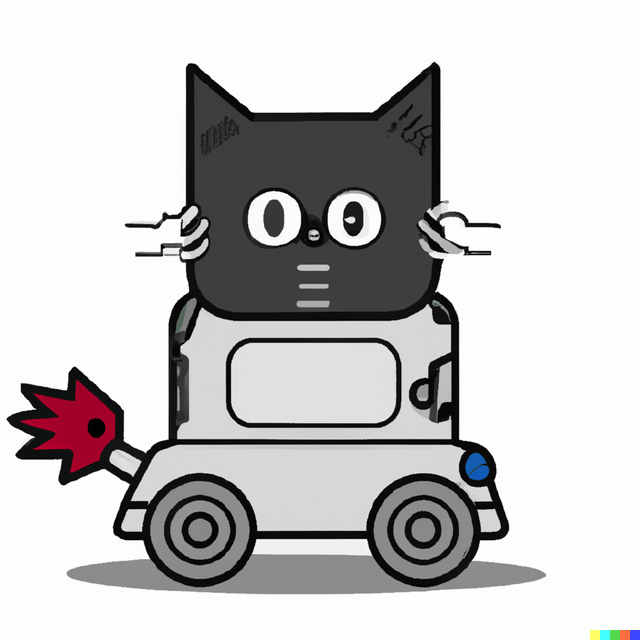TOYOTA BUILDING NEW AGE CITY
On February 23, 2021 in the shadow of Mount Fuji Toyota Corporation broke ground on a city of tomorrow.The 175 acre property once home to Toyota’s Higashi Fuji plant where the highly successful Toyota models AE86, Mark II and Century were designed and produced will become a “Living Laboratory”.
Named “The Woven City”, the prototype is a place where people, vehicles and buildings are connected by sensors and data.This connectivity will allow Toyota to test their A1 (artificial intelligence) technology with minimal risk in the real world. The plan includes three types of streets; one for pedestrians, one for people with personal mobility vehicles and one for automation driven vehicles.Delivery of goods throughout the city will be done using the Toyota e-pallet autonomous transport vehicles they designed for the Tokyo Olympics. This is to be a zero emissions city and will be powered entirely by clean energy sources; solar, geothermal and hydrogen fuel cells and it aims at using carbon neutral methods of hydrogen extraction as well.
Thirty three million autonomous cars will be sold around the world in 2040.Today the most advanced self driving cars require some degree of human supervision.In the future to fully adopt the benefit of these cars, cities will need to be fully wired to quickly transport data to these vehicles.This data would be generated from sensors and cameras placed on buildings, stop lights and other vehicles and would include weather data, pedestrian and cyclists habits.This data is essential for autonomous vehicles to safely navigate the city.In the future cities will be build expressly for autonomous vehicles.Right now modern day cities aren’t set up this way and that’s why Toyota has made the decision to build the sensor rich “The Woven City”.Their goal is to create safer systems in their vehicles.
Once operational this city will house over 2,000 residents many are Toyota employees and researchers who will test and develop a range of technologies.
Learn more at: https://www.woven-city.global/





